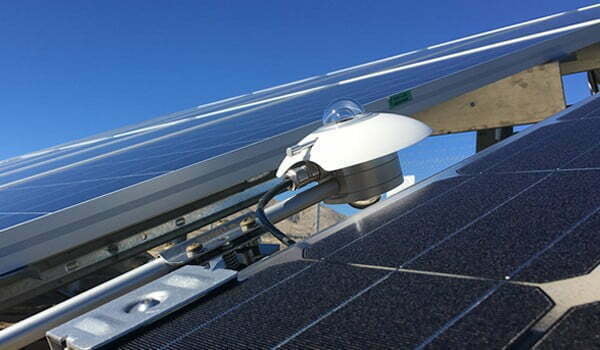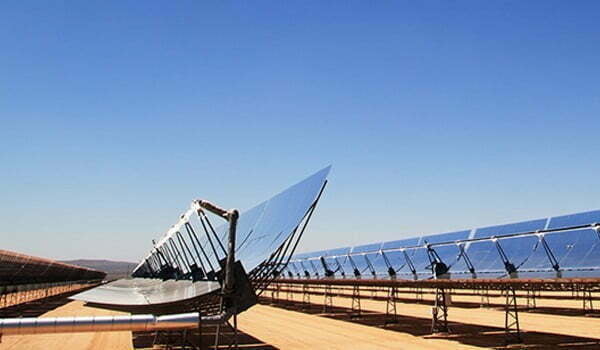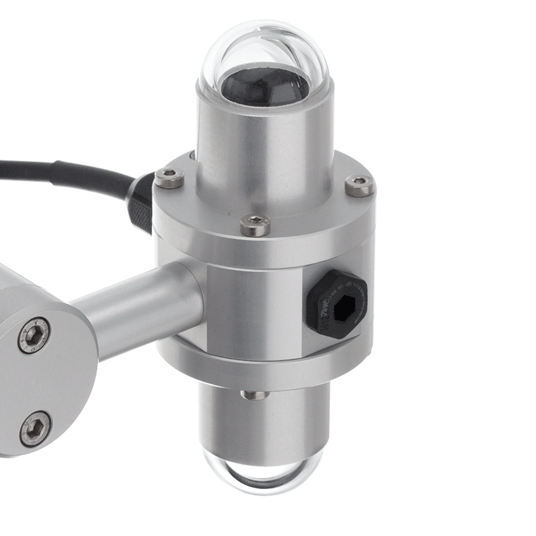Solar Energy Systems
What are Solar Energy Systems?
Solar energy systems harness the power of the sun to generate electricity and provide a sustainable source of energy. There are several types of solar energy systems available, each with its unique advantages and applications. This article will provide an overview of these systems, their working principles, and the essential tools used to measure and optimize their performance.

Photovoltaic (PV) Systems
Photovoltaic (PV) systems convert sunlight directly into electricity using solar cells, which are made of semiconductor materials like silicon. When sunlight hits the solar cells, it knocks electrons loose, creating an electric current. PV systems can range from small-scale installations for residential use to large-scale solar farms that supply electricity to the grid.
Learn more about the science behind solar energy here.

Solar Thermal Systems
Solar thermal systems use sunlight to heat a fluid, which can then be used for various purposes like space heating, water heating, or even generating electricity through a steam turbine. Solar collectors, such as flat-plate collectors or evacuated tube collectors, absorb sunlight and transfer the heat to the working fluid. Heat flux sensors play a crucial role in optimizing the performance of these systems by measuring the heat transfer within the collectors.
Read more about heat flux and its applications here.

Concentrated Solar Power (CSP) Systems
Concentrated solar power (CSP) systems use mirrors or lenses to focus sunlight onto a small area, generating intense heat. This heat is then used to produce steam, which drives a turbine to generate electricity. There are various types of CSP systems, such as parabolic troughs, linear Fresnel reflectors, dish Stirling systems, and solar power towers. Heat flux sensors are essential for monitoring and controlling the heat transfer processes in these systems.
Discover more about heat flux sensors and their working principles here.

Measuring Solar Radiation
Accurate measurement of solar radiation is vital for the optimal performance and efficiency of solar energy systems. Various instruments are available for this purpose, such as pyranometers, albedometers, and pyrheliometers.
Pyranometers
A pyranometer measures global solar radiation, which includes both direct and diffuse components. It is commonly used in PV system performance monitoring, meteorology, and climate studies. Regular calibration is necessary to ensure accurate measurements. Find out how to calibrate a pyranometer here.
Albedometers
An albedometer is an instrument that measures the albedo or reflectivity of a surface by comparing the incoming solar radiation to the reflected radiation. Albedometers are essential for understanding the influence of surface properties on solar energy systems, particularly in large-scale installations, and for studying the Earth’s climate.
Pyrheliometers
A pyrheliometer measures direct solar radiation, or the solar radiation coming from the sun’s disc. It is used in conjunction with a solar tracker to follow the sun’s path throughout the day. Pyrheliometers play a vital role in CSP system performance monitoring and solar resource assessment.



Conclusion
Solar energy systems offer a clean, renewable source of energy that can help reduce greenhouse gas emissions and our reliance on fossil fuels. Understanding the various types of solar energy systems and the essential tools for measuring solar radiation is crucial for optimizing their performance and increasing their contribution to our global energy supply. By utilizing instruments like pyranometers, albedometers, and pyrheliometers, we can improve the efficiency and effectiveness of solar energy systems, contributing to a more sustainable future.
Related Article
Stay up to date with the industry.
